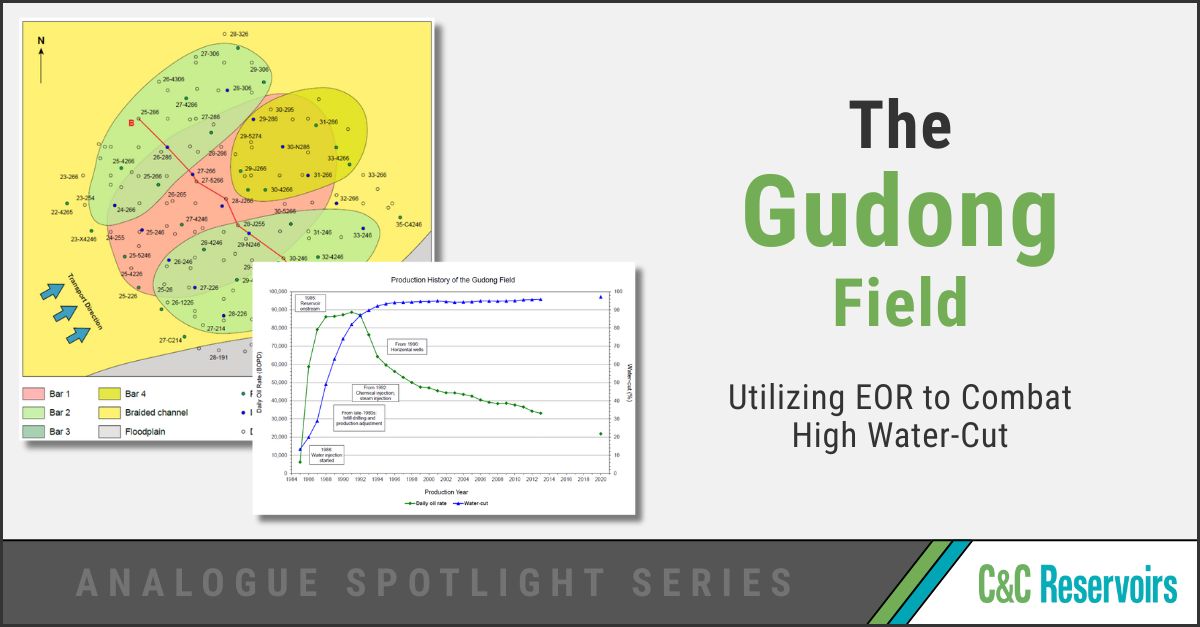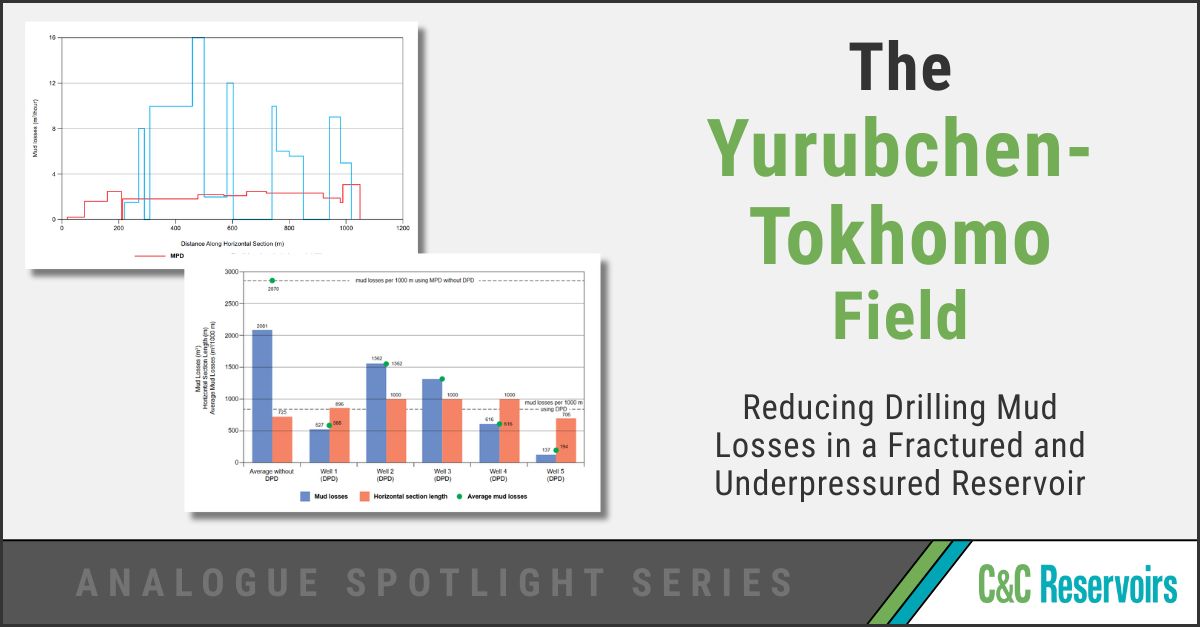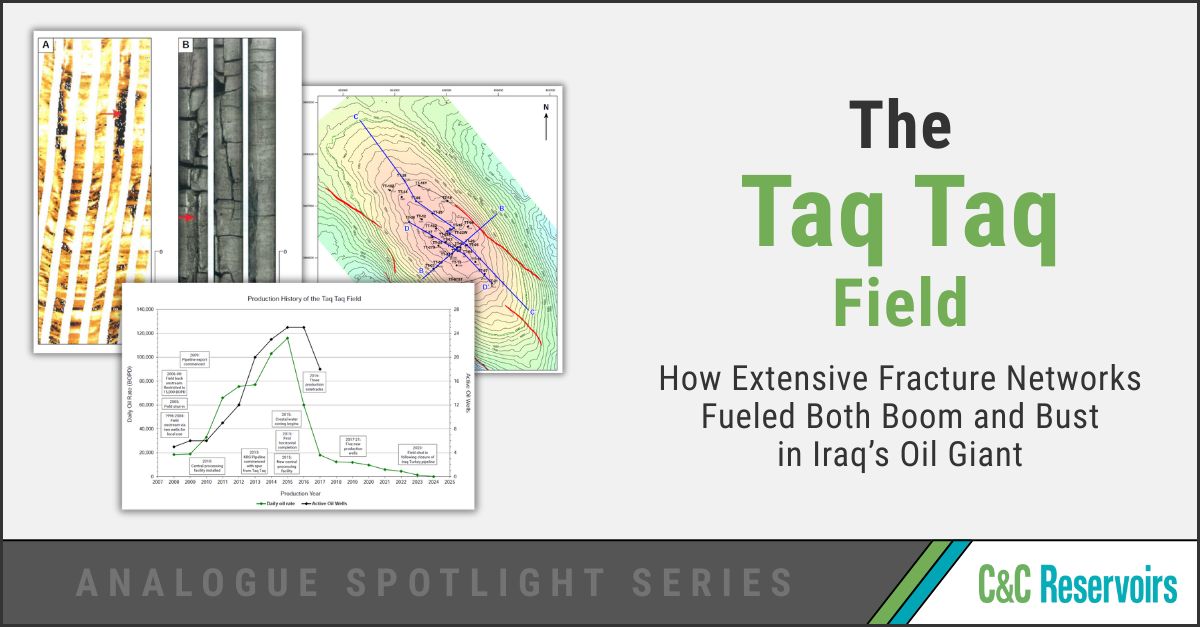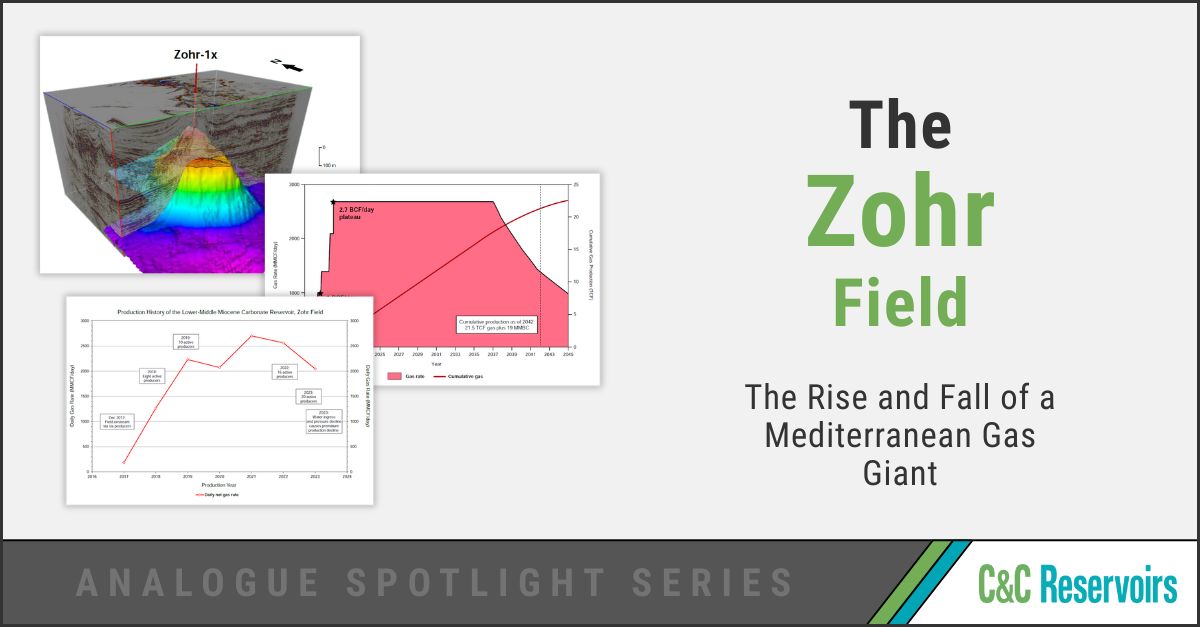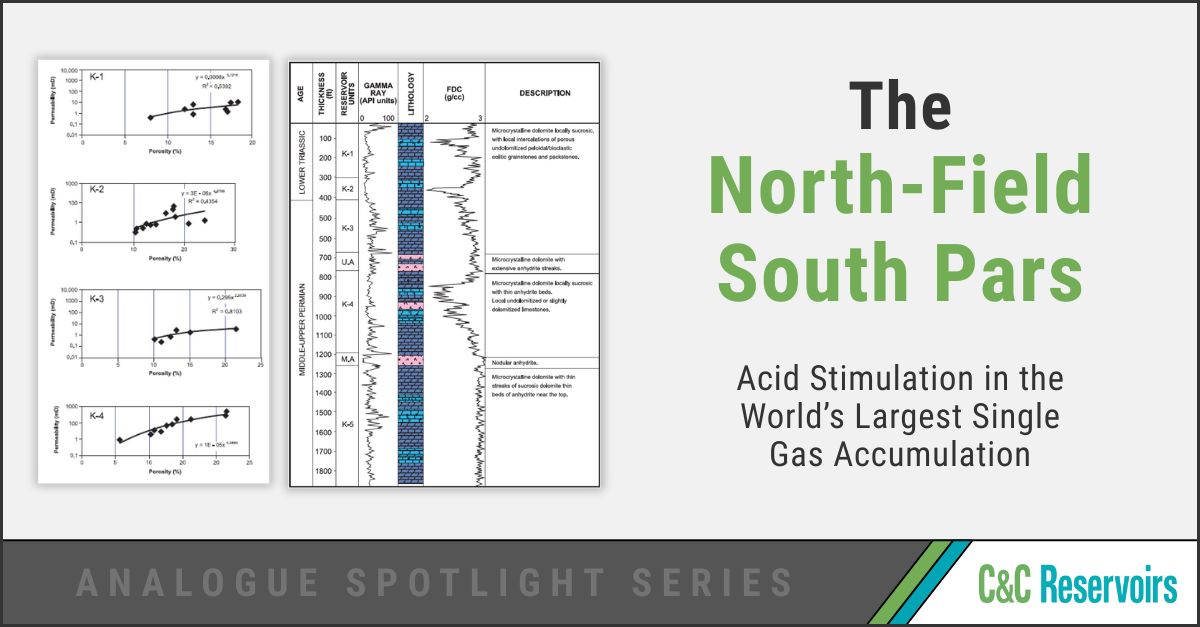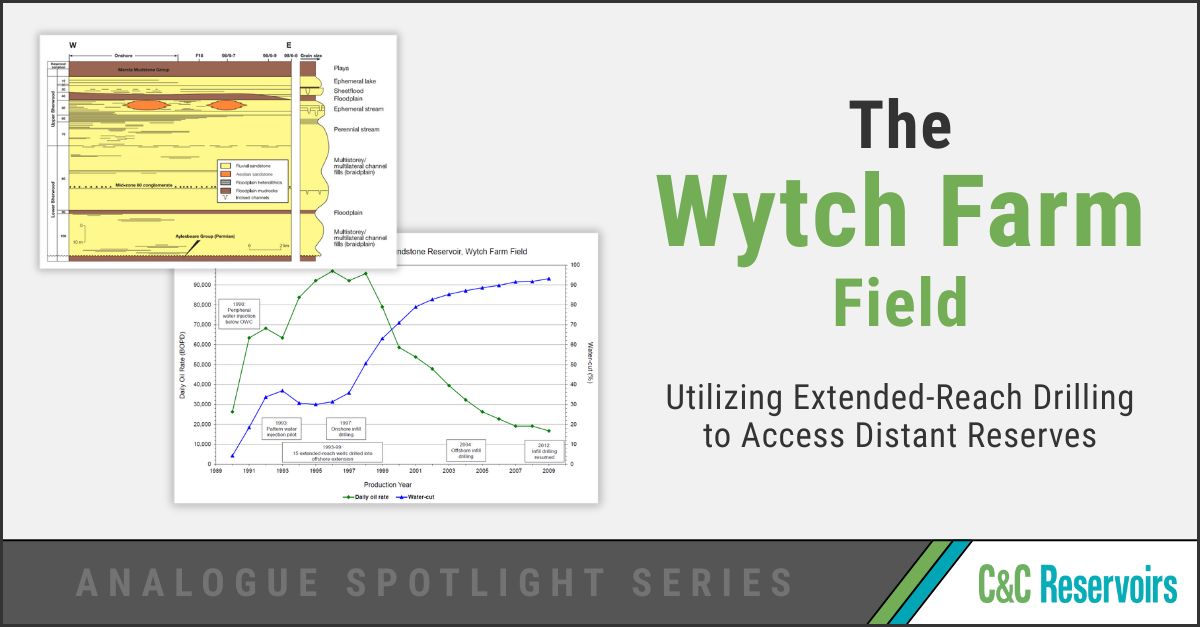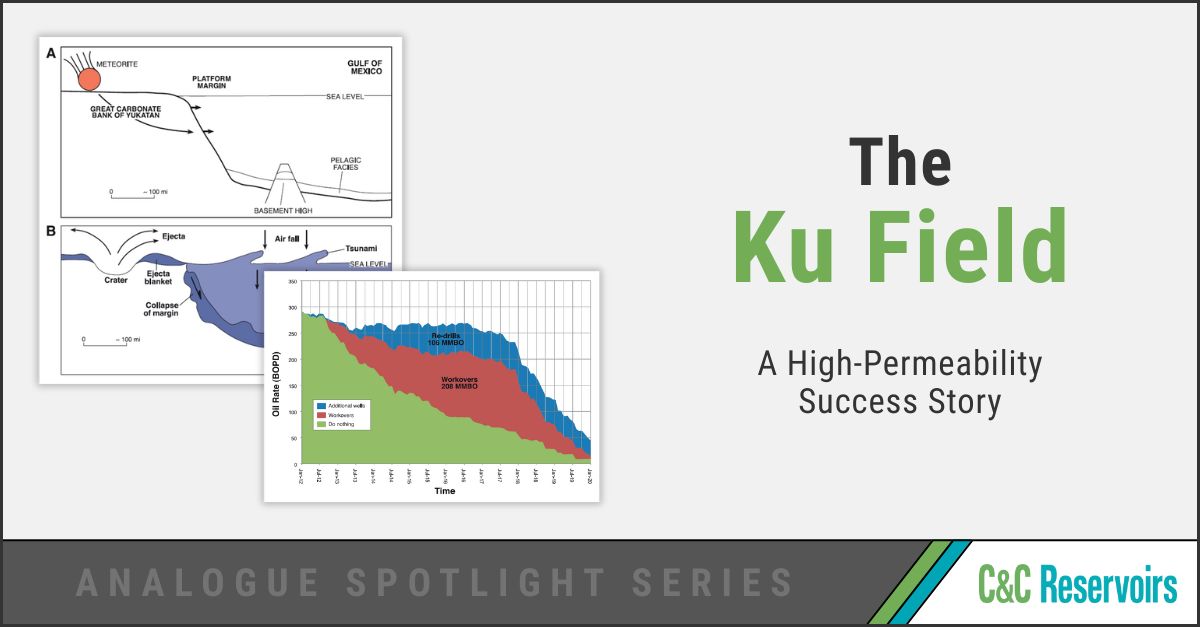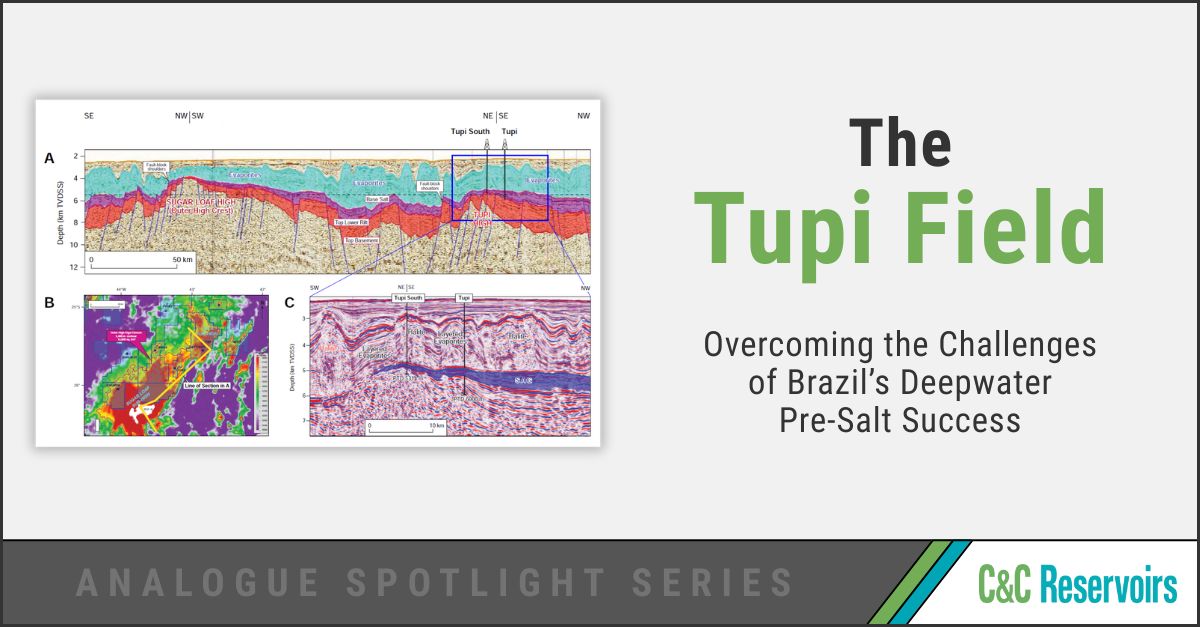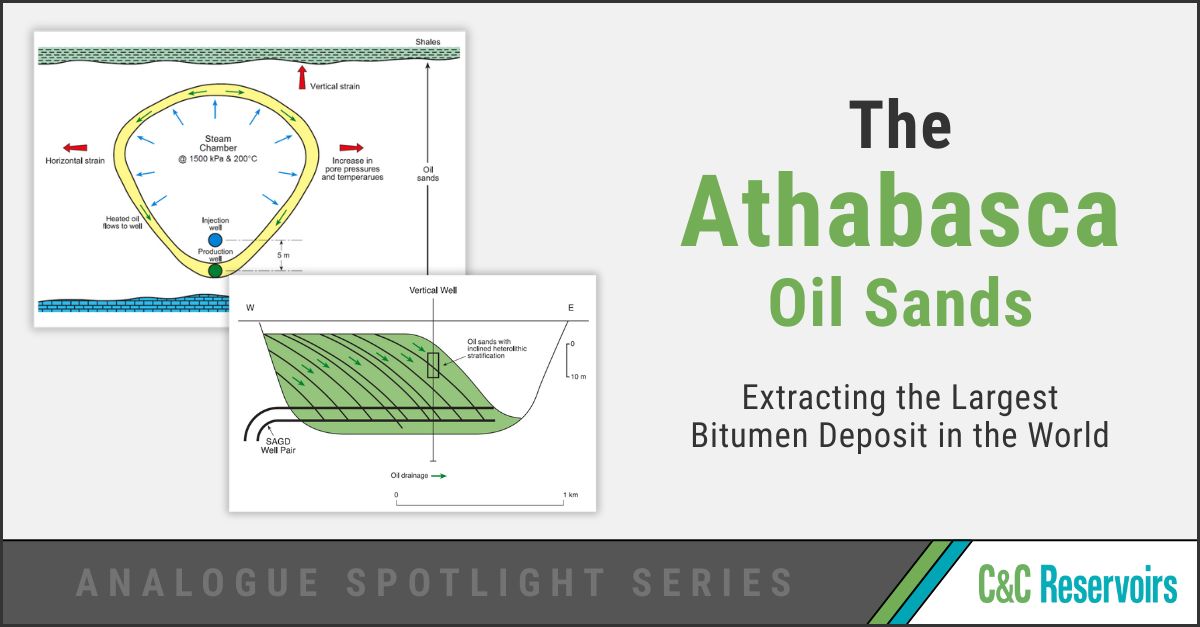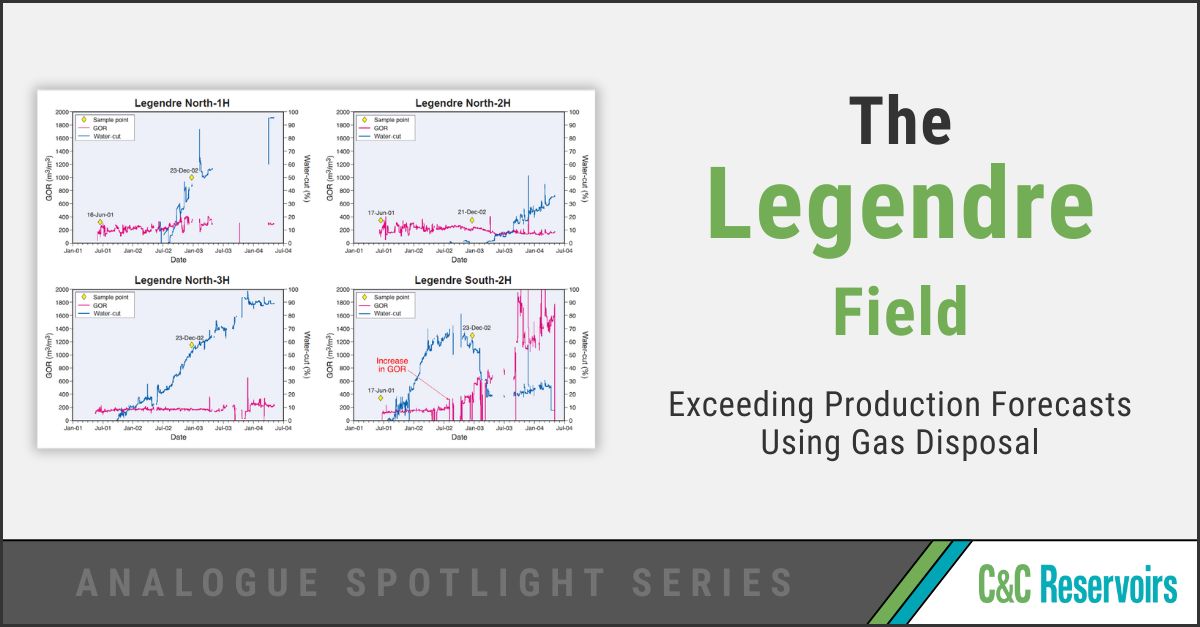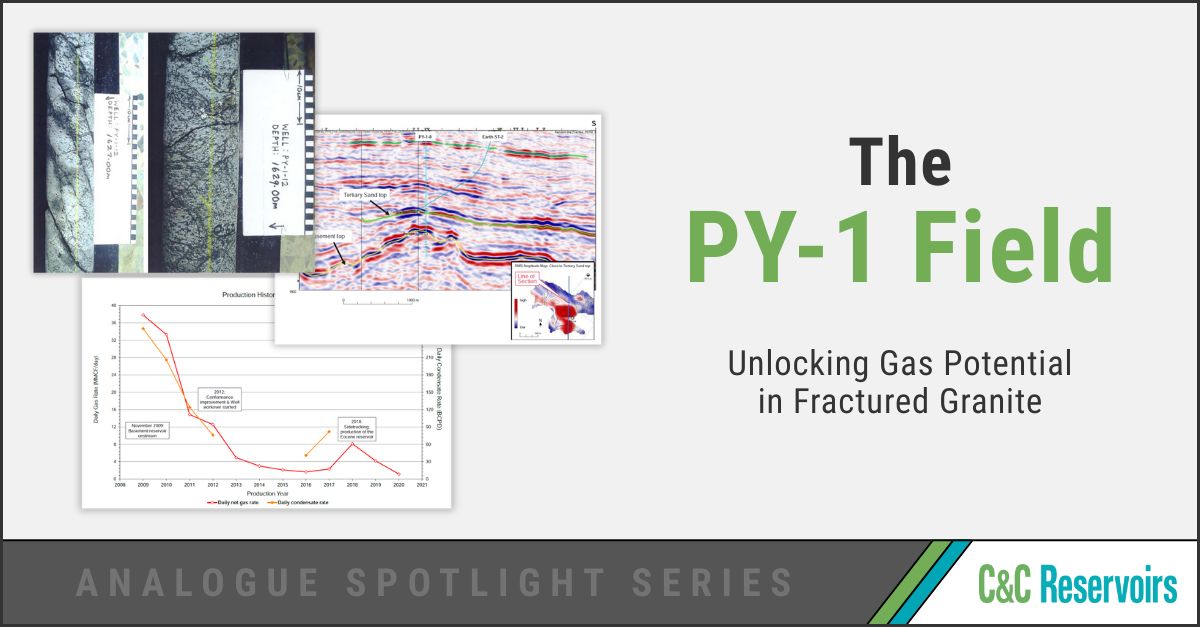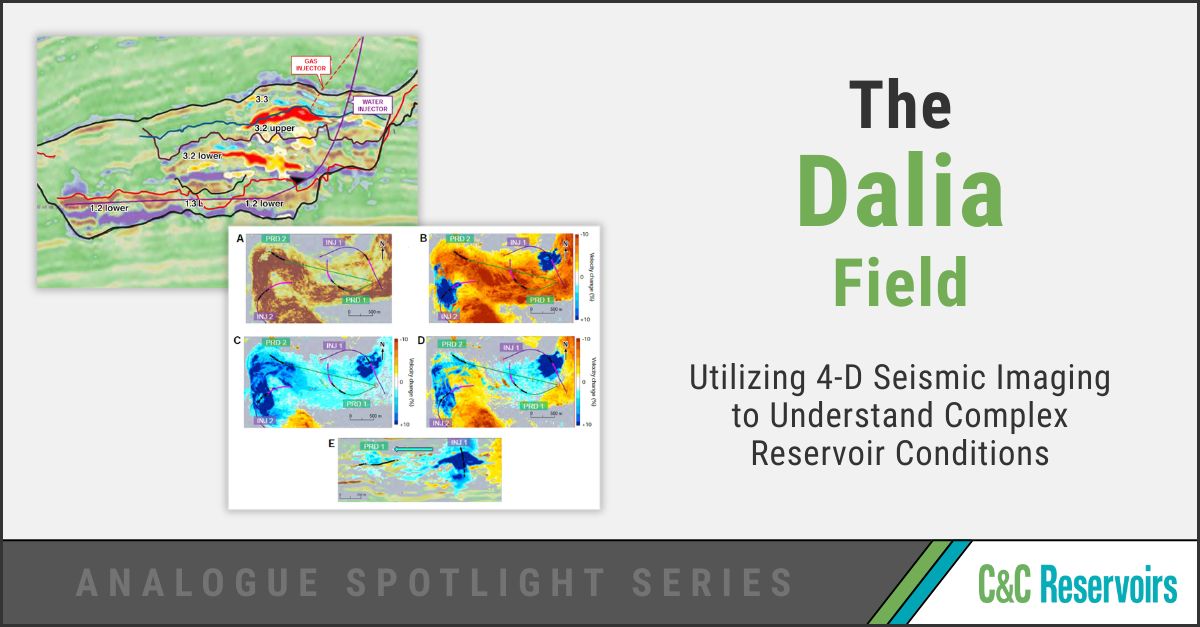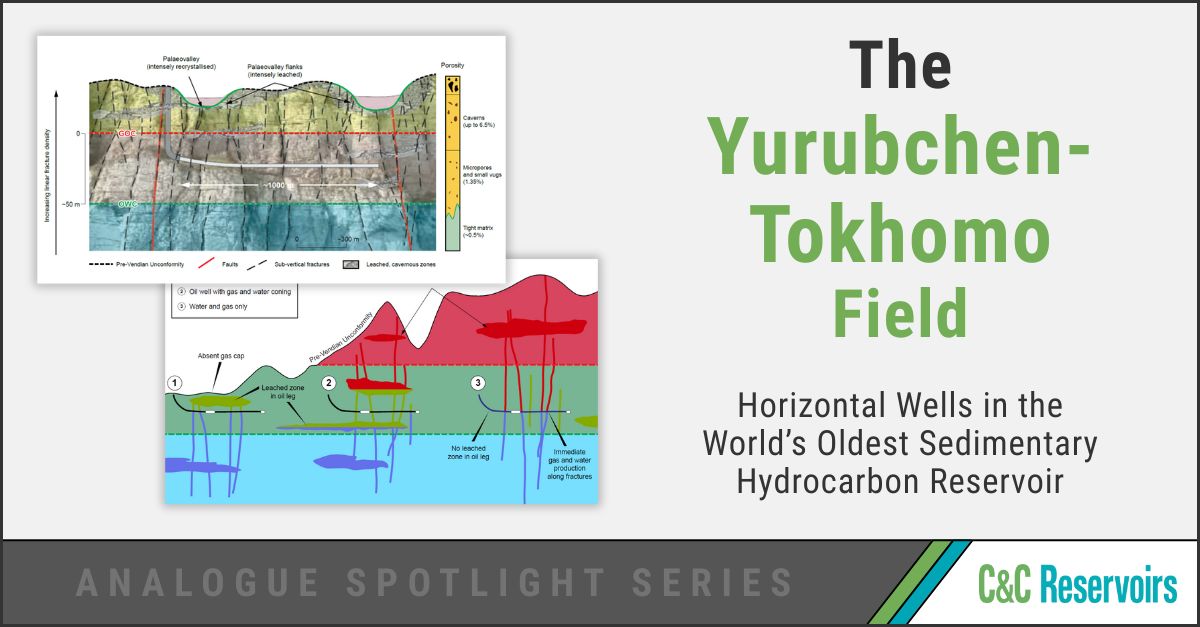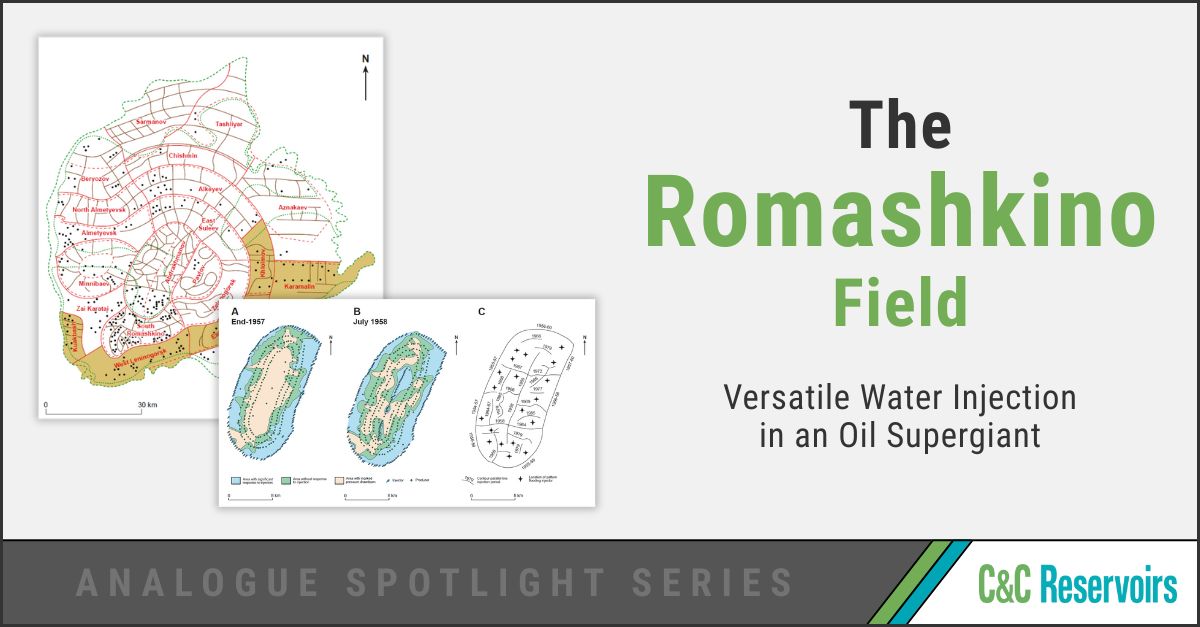The Gudong Field – Utilizing EOR to Combat High Water-Cut
The Gudong Field Straddling the coast of China’s Bohai Basin is the Gudong Field, home to the Guantao reservoir – a remarkable example of a highly compartmentalised ...
The Yurubchen-Tokhomo Field – Reducing Drilling Mud Losses in a Fractured and Underpressured Reservoir
The Yurubchen-Tokhomo Field Home to the world’s oldest sedimentary hydrocarbon reservoir, Russia’s Yurubchen-Tokhomo Field has a STOIIP of 3504 MMBO and an EUR of 1323 MMBO. ...
The Taq Taq Field – Extensive Fracture Networks in Iraq’s Oil Giant
The Taq Taq Field Discover the Taq Taq field in Iraq. A fascinating analogue on the impact that extensive fracture networks can have on oil production; both positive ...
The Zohr Field – The Rise and Fall of a Mediterranean Gas Giant
The Zohr Field The Zohr Field in Egypt, located in the Shorouk Concession, represented a groundbreaking discovery in the Eastern Mediterranean. Discovered within Miocene reef/atoll carbonates (Fig. ...
The North Field-South Pars – Acid Stimulation in the World’s Largest Single Gas Accumulation
The North Field-South Pars The North Field-South Pars accumulation is the largest single gas accumulation in the world, extending across the Iran-Qatar maritime border. The Permo-Triassic ...
The Wytch Farm Field – Utilizing Extended-Reach Drilling to Access Distant Reserves
The Wytch Farm Field Straddling the south coast of England, the Wytch Farm oilfield has been producing from the heterogeneous Sherwood Sandstone reservoir since 1990. This complex ...
The Ku Field – A High-Permeability Success Story
The Ku Field Situated in shallow water on the Campeche Shelf, the Ku Field came onstream in 1981. With a STOIIP of 5.9 BBO and an EUR of ...
The Tupi Field – Overcoming the Challenges of Brazil’s Deepwater Pre-Salt Success
The Tupi Field Located in deep water (>2100 m), 160 miles off the coast of Brazil, the Tupi Feld is one of the largest oil discoveries in ...
The Estreito Field – Utilizing Continuous Steam Injection to Stimulate Low Pressure, Heavy Oil
The Estreito Field Located in the Potiguar Basin, onshore Brazil, the Estreito Field has faced significant production challenges despite its favourable reservoir properties, shallow depth, and strong ...
The Athabasca Oil Sands – Extracting the Largest Bitumen Deposit in the World
The Athabasca Oil Sands The Athabasca oil sands (Canada) ranks among the largest oil sand deposits in the world with the McMurray reservoir alone believed to have ...
The Legendre Field – Exceeding Production Forecasts Using Gas Disposal
The Legendre Field The Legendre Field, the first oil discovery on the Northern Carnarvon Basin, offshore Western Australia, has a STOIIP of 90 MMBO and an ...
The PY-1 Field – Unlocking Gas Potential in Fractured Granite
The PY-1 Field Located offshore southeastern India, the PY-1 field is a geological marvel, distinguished by its unusual primary reservoir – a Precambrian fractured granodiorite in ...
The Dalia Field – Utilizing 4-D Seismic Imaging to Understand Complex Reservoir Conditions
The Dalia Field Analogue Spotlight Located offshore Angola, The Dalia field produces hydrocarbons from Miocene turbidites of the Malembo formation. The reservoir’s intricate structure consists of channel ...
The Yurubchen-Tokhomo Field – Horizontal Wells in the World’s Oldest Sedimentary Hydrocarbon Reservoir
The Yurubchen-Tokhomo Field Located in a remote part of SE Siberia, the giant Yurubchen-Tokhomo Field, which has been on production since 1987, hosts oil and gas ...
The Romashkino Field – Versatile Water Injection in an Oil Supergiant
The Romashkino Field Romashkino is the largest field in the Volga-Ural Basin, with a STOIIP of 38.8 BBO and EUR of 23.3 BBO. The main reservoirs are ...

